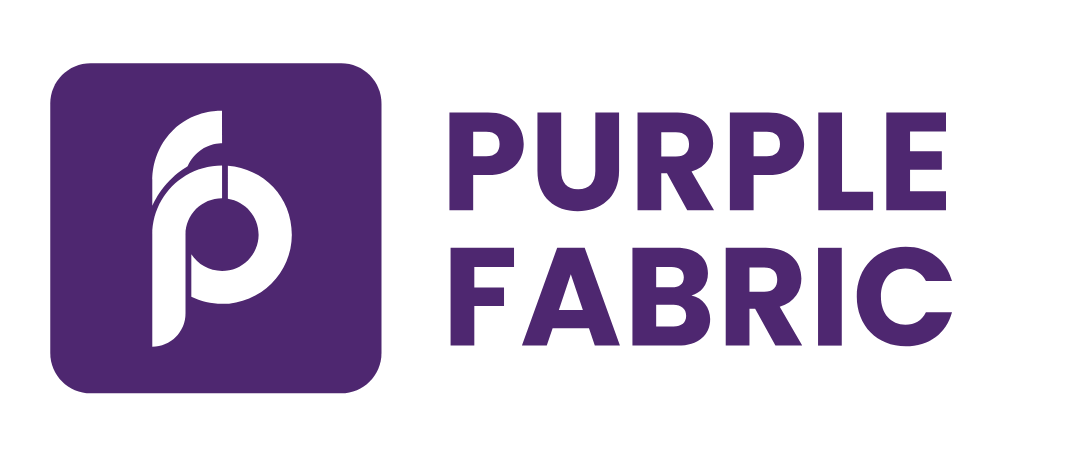#
Core Concepts
The Model Hub serves as a centralized interface to view and manage all models available on the Purple Fabric platform. It allows administrators to easily discover, select, and enable the right models for their teams’ needs.
Model Hub supports onboarding models from various providers, enabling teams to select models tailored to their specific use cases. You can onboard LLMs, embedding models, and rerankers—either as PF-managed models or using your custom keys. This flexibility ensures that the right model can be chosen for the right task, whether it's generation, search, or ranking.
Each model is accompanied by key details, including supported features, token and context limits, and cost information, which helps admins make informed decisions when enabling models for their teams.
PF Managed Models
PF-managed models are hosted and managed by Purple Fabric. These models are certified for compatibility, performance, and cost transparency. They come with predefined configurations such as:
Model endpoints
Supported tasks
Token limits and cost estimation
Technical specifications
These models can be enabled or disabled by tenant admins as needed.
#
Custom Key Models
Purple Fabric allows tenants to integrate custom key models, giving them the flexibility to connect to supported model providers (like OpenAI, Cohere, or Azure OpenAI) using their own API keys. This offers an alternative to PF-managed models and gives organizations greater control over access, billing, and compliance.
Typical use cases include:
Using an organization’s subscription or quota for a provider (e.g., OpenAI API key tied to the client’s billing account)
Enabling region-specific deployment access, such as using Azure OpenAI in a specific geography for data residency compliance
Applying custom rate limits or usage policies as configured in the client’s provider account
Gaining more visibility into usage analytics and billing through their own provider dashboards
When using custom key models, tenants are responsible for generating API keys, manually configuring the model endpoints, authentication headers, and response formats to align with Purple Fabric’s model interface standards.
Impact of Disabling a Model
Disabling a model affects all dependent workflows across the tenant:
Agents using the model will be flagged and may fail if not updated
Evaluation and benchmarking pipelines will no longer support the disabled model
The model will be hidden from selection in Expert Agent Studio
